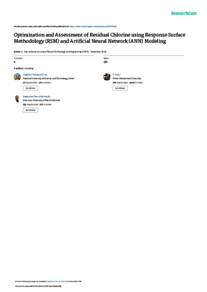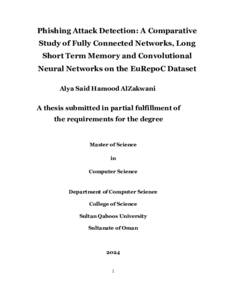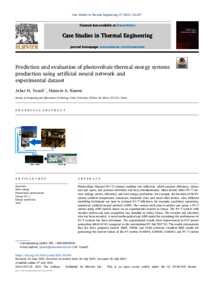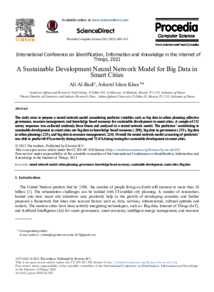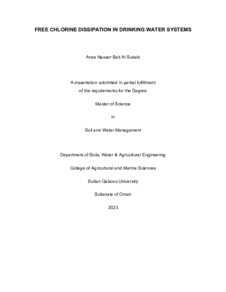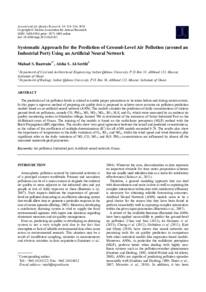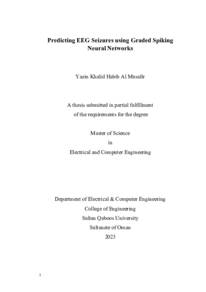وثيقة
Optimization and assessment of residual chlorine using response surface methodology (RSM) and artificial neural network (ANN) modeling.
المعرف
DOI: 10.35940/ijrte.C4122.098319
المصدر
International Journal of Recent Technology and Engineering. v. 8, 3, p. 258-263
المساهمون
الدولة
India
الناشر
Blue Eyes Intelligence Engineering and Sciences Publication.
ميلادي
2019-09-01
اللغة
الأنجليزية
الملخص الإنجليزي
Water polluted with microorganisms and pathogens is one of the most significant hazards to public health. Potential microorganisms unsafe to human health can be destroyed through effective disinfection. To stop the re-growth of microorganisms, it is also advisable to take care of the residual disinfectant in the water distribution networks. The most frequently used cleanser material is chlorine. When the chlorine dosage is too low, there will be a deficiency of enough residues at the end of the water network system, leading to re-growth of microorganisms. Addition of an excessive amount of chlorine will lead to corrosion of the pipeline network and also the development of disinfection by-products (DBPs) including carcinogens. Thus, to determine the best rate of chlorine dosage, it is essential to model the system to forecast chlorine decay within the network. In this research study, two major modeling and optimization strategies were employed to assess the optimum dosage of chlorine for municipal water disinfection and also to predict residual chlorine at any predetermined node within the water distribution network. Artificial neural network (ANN) modeling techniques were used to forecast chlorine concentrations in different nodes in the urban water distribution system in Muscat, the capital of the Sultanate of Oman. One-year dataset from one of the distribution system was used for conducting network modeling in this study. The input factors to RSM model considered were pH, chlorine dosage and time. Response variables for RSM model were fixed as total organic carbon (TOC), Biological oxygen demand (BOD) and residual chlorine An Artificial neural network (ANN) model for residual chlorine was created with pH, inlet-concentration of chlorine and initial temperature as input parameters and residual chlorine in the piping network as an output parameter. The ANN model created using these data can be employed to forecast the residual chlorine value in the urban water network at any given specific location. The results from this study utilizing the uniqueness of an ANN model to predict residual chlorine and water quality parameters have the potential to detect complex, higher-order behavior between input and output parameters exist in urban water distribution system.
ISSN
2277-3878
قالب العنصر
مقالات الدوريات

